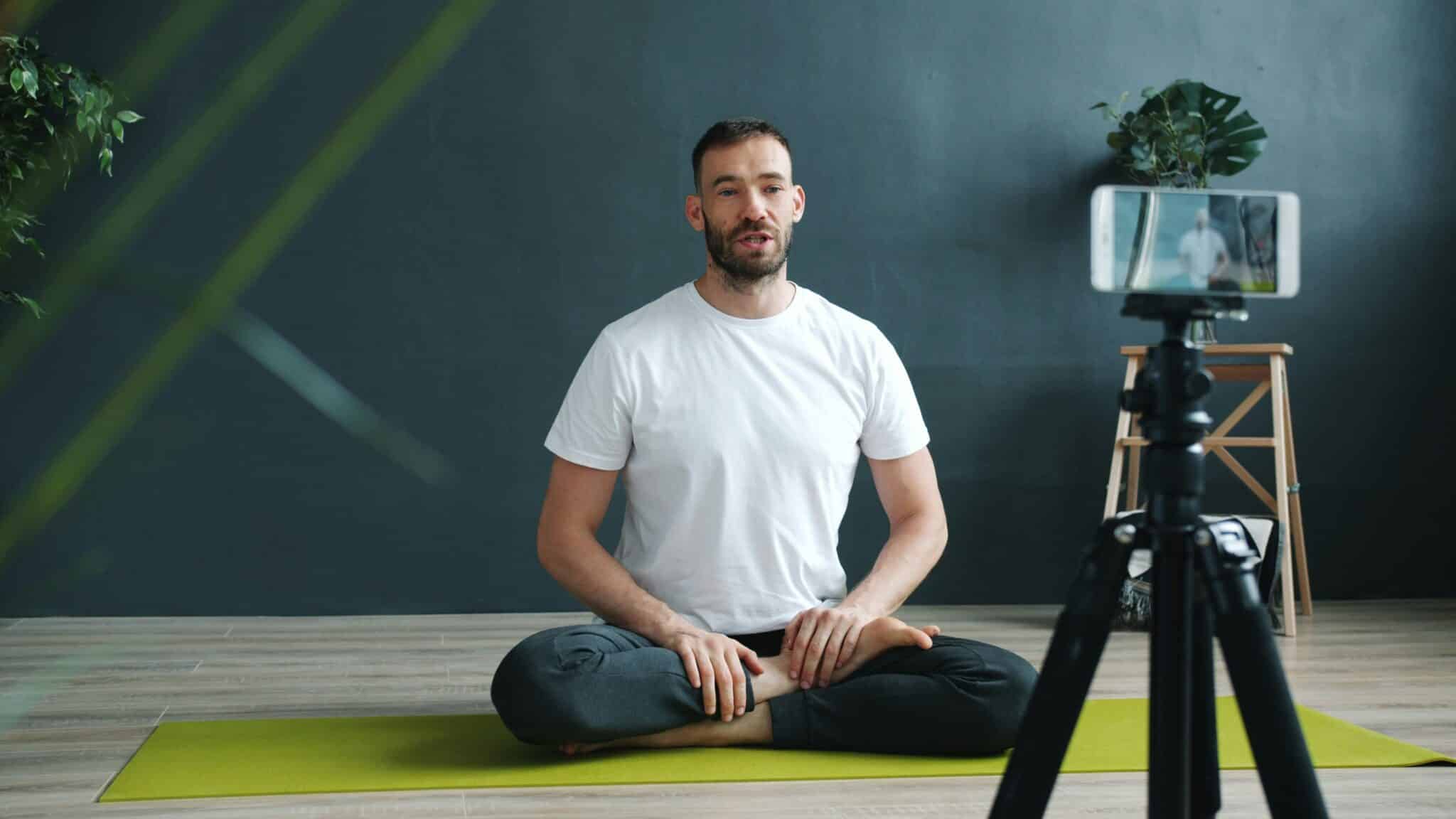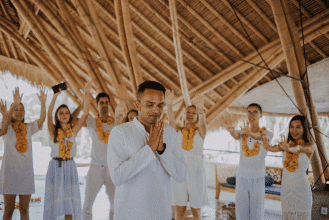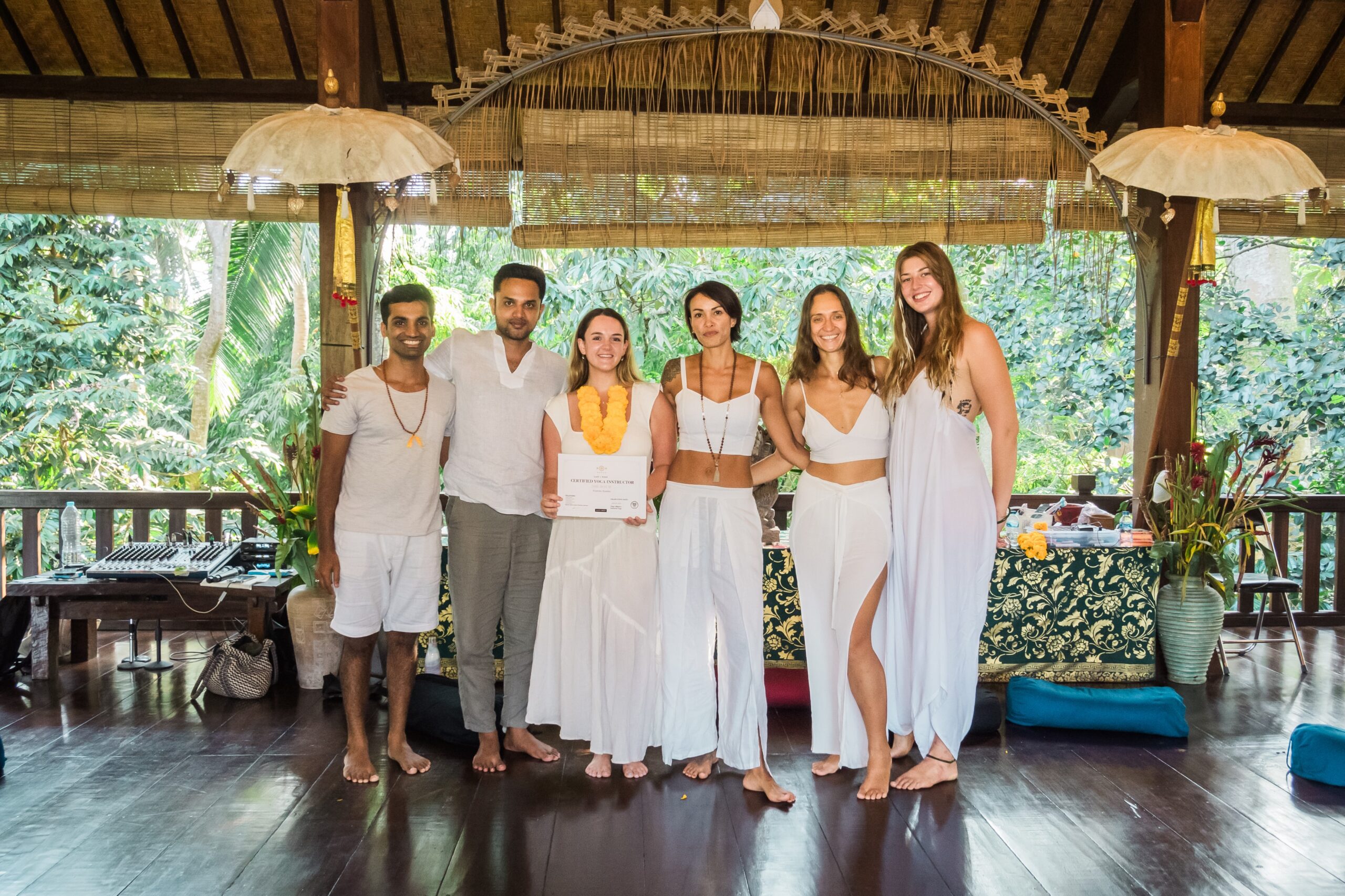
Social media has become one of the most powerful ways yoga teachers can share their voice outside the studio. A recent survey from Healthline found that 52% of people tried a new health or wellness trend they discovered through social media. That means your next student might not find you through a flyer or studio schedule — they might first meet you online.
But social media isn’t just about building numbers. It’s about creating authentic connections, telling stories, and offering teachings in accessible ways. The key is knowing where to spend your energy. With so many platforms to choose from, which ones are worth your time as a yoga teacher?
In this guide, we’ll explore the best platforms for sharing yoga online — their strengths, their challenges, and practical tips to make each one work for you.
Why Social Media Matters for Yoga Teachers
At its best, social media extends the energy of your teaching beyond the mat. It’s a bridge that allows students to stay connected with you even when they’re not in class, whether through a quick morning meditation you share, a philosophy reflection, or an update about your next retreat. For many, these small online touchpoints become a reminder to return to their practice.
Social media also opens doors to students you may never meet otherwise. In a single post, you can reach people across the globe who are searching for guidance on stress relief, alignment, or philosophy. This accessibility is especially meaningful for students who might not have access to yoga studios locally but can still learn from your voice online.
For teachers building workshops, retreats, or even online courses, social media can act as both a portfolio and a gathering place. It shows potential students who you are, what you value, and how you teach — often before they ever step into your class. When approached with intention, these platforms become less about “performing” and more about authentic storytelling, relationship building, and extending yoga’s wisdom to a wider circle of students.

Instagram continues to be the most popular platform for yoga teachers. Its visual-first design makes it ideal for showcasing asana, philosophy snippets, and behind-the-scenes glimpses into your teaching life.
Strengths
Instagram’s format is naturally well-suited to yoga. Reels are perfect for bite-sized tutorials or myth-busting tips, while carousel posts let you share sequencing ideas or yoga philosophy in digestible slides. Stories offer a casual, everyday way to connect with students, often in real time. Because so many people use Instagram to discover classes, teachers, and retreats, it also doubles as a portfolio.
Challenges
Instagram is highly saturated, which makes it harder to stand out than in the early days. Algorithm changes can also drastically affect visibility, which means you can pour effort into posts without seeing consistent results. It can feel like a treadmill — constantly chasing trends or engagement metrics.
Tips for Teachers
Focus on creating content that feels authentic, not performative. Use Reels for quick, valuable teachings, and carousels for step-by-step guides or philosophy explained simply. Show your personality in Stories — a glimpse of your morning practice or reflections after class can go a long way toward making students feel connected.

YouTube
For teachers who enjoy long-form content, YouTube remains one of the most powerful platforms. Unlike Instagram or TikTok, where posts fade quickly, YouTube videos remain searchable for years.
Strengths
YouTube is essentially a video search engine. Students looking for “Yoga for Anxiety” or “10 Minute Morning Flow” can discover your videos even years after you upload them. The platform also offers opportunities for monetization through ads, memberships, or even directing traffic to your online classes and retreats.
Challenges
Creating content for YouTube requires more preparation — scripting, filming, editing, and designing thumbnails. It can feel daunting compared to the immediacy of Instagram or TikTok. Building a loyal audience also takes time and consistency.
Tips for Teachers
Start small. Create 10–15 minute classes that are easy for beginners to follow. Use clear, keyword-friendly titles so your videos show up in search results. Consider batch-filming several videos in one day to stay consistent without burning out.

TikTok
Though it may surprise some, TikTok has become a growing space for yoga teachers. Its playful, short-form videos allow you to reach audiences you may not find elsewhere.
Strengths
TikTok’s algorithm is designed to show content to new people, which means organic reach is still higher than on most other platforms. The format encourages creativity and humor, making yoga more approachable for beginners. Teachers often find that one well-timed video can bring in thousands of new followers overnight.
Challenges
The platform’s fast-moving nature can feel overwhelming. Trends change quickly, and while they can boost visibility, they may not always feel aligned with a yoga teacher’s voice. It can also be challenging to go deep with teachings in such short clips.
Tips for Teachers
Keep videos short, clear, and focused on one key idea. Pairing your teachings with trending audio or simple transitions can help you reach a wider audience. Share practical, relatable yoga wisdom that doesn’t require someone to be on a mat (think stress-relief tips or posture hacks for desk workers).

While Facebook isn’t as popular with younger audiences, it remains valuable for community building.
Strengths
Groups are where Facebook shines. Creating a private group for your students offers a place for connection beyond class, where you can share resources, livestream meditations, or check in between sessions. The Events feature is also useful for promoting workshops, retreats, or teacher trainings.
Challenges
Facebook’s organic reach outside of Groups is very low. A regular Page often won’t get much traction without paid ads. Younger demographics are largely absent, which can limit growth if your audience skews younger.
Tips for Teachers
If you already have students who use Facebook, create a private group for them. Use it to share event details, livestream short classes, or post resources. Treat it as an extension of your teaching community rather than a discovery tool.

Other Platforms to Consider
Not every yoga teacher thrives on the big four. Here are a few other platforms worth considering:
- Pinterest: Great for driving traffic to your website or blog. Evergreen pins about sequencing, yoga philosophy, or guided practices continue to bring new readers months later.
- LinkedIn: Ideal if you’re teaching in corporate wellness spaces, offering workshops for professionals, or building retreat partnerships. A more polished platform, but one where thoughtful content can stand out.
- Substack: Perfect for yoga teachers who love writing. With Substack, you can create a newsletter that blends teaching, storytelling, and community-building. Unlike social platforms, your email list is yours — an invaluable asset for long-term connection.
- Podcasts: While not strictly social media, podcasts are excellent for long-form storytelling. They allow you to explore philosophy, interview other teachers, or guide meditations in a more intimate format.
How to Choose What Works for You
It’s easy to feel like you need to be everywhere at once. But spreading yourself too thin often leads to burnout. Instead, focus on one or two platforms where you feel comfortable, consistent, and aligned. Your students will feel your energy. If you’re resentful of posting, it will come through. If you genuinely enjoy the format, your authenticity will shine and your community will grow.
Ask yourself:
- Do I enjoy video and teaching in real time? (Consider YouTube or TikTok.)
- Do I prefer visuals and short reflections? (Instagram may be best.)
- Do I want to write and share long-form resources? (Try Substack or Pinterest.)
Social media can be a distraction, but it can also be a powerful extension of your yoga practice if approached with clarity and intention. Think of it as another way to serve your students: to share wisdom, support their practice, and foster community.
At Yoga East+West, we emphasize that yoga isn’t just about what happens on the mat — it’s about how you live and connect in every aspect of life. Social media is no different. Use it with mindfulness, and it becomes a tool not for self-promotion, but for spreading yoga’s teachings more widely and authentically.
If you’re ready to deepen your practice and learn how to share yoga with the world in a way that feels authentic, explore our yoga teacher trainings in Bali and Costa Rica. Here, we weave together traditional wisdom with modern tools to support teachers in every stage of their journey.















